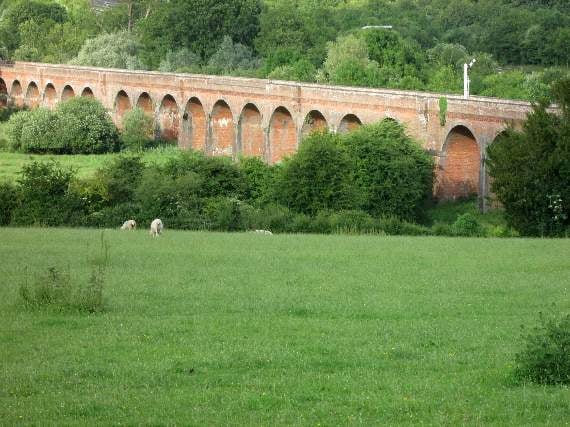Wellington made a substantial contribution to the success of D-Day - the assault on Nazi occupied Europe launched on the evening of June 5, 1944.
Bricks supplied from Poole brickworks were used to help build a railway viaduct outside Winchester, Hampshire, which in the build up to the largest combined military operation in history carried more than 16,000 trains.
The viaduct designed by William R Galbraith was the first to feature a concrete core and at 2,014ft (614m) long is reportedly the longest brick structure in the UK.
Built to carry a single track line over the River Itchen, it linked the Didcot, Newbury and Southampton Railway with the London South Western Railway allowing access to the port of Southampton.
The north-south route became a vital transport link for the mass movement of troops and supplies to the south coast of England in preparation for the D-Day landings.
Apart from the signal memorial there is little to remind people of the viaduct’s wartime role and today it is used as part of the national cycle network. CHRIS PENNEY
The railway viaduct outside Winchester, Hampshire, and the signal memorial to the railway men who oversaw the passage of thousands of trains over it in the run up to D-Day. PHOTOS: Chris Penney



-teacher-and-coordinator.jpeg?width=209&height=140&crop=209:145,smart&quality=75)

Comments
This article has no comments yet. Be the first to leave a comment.